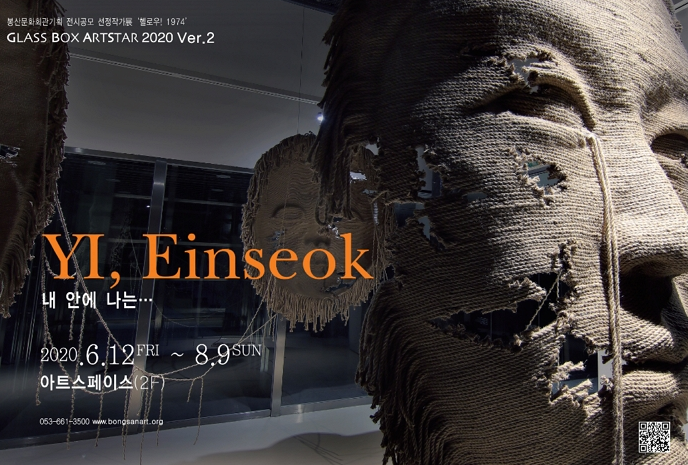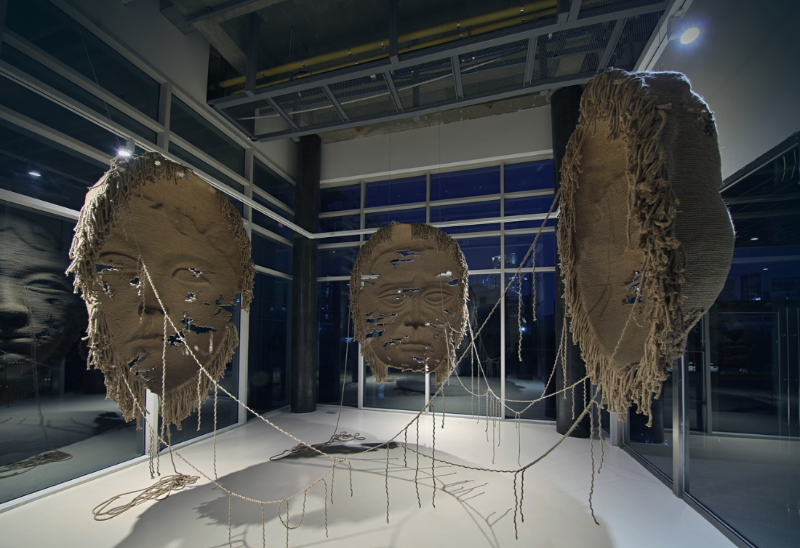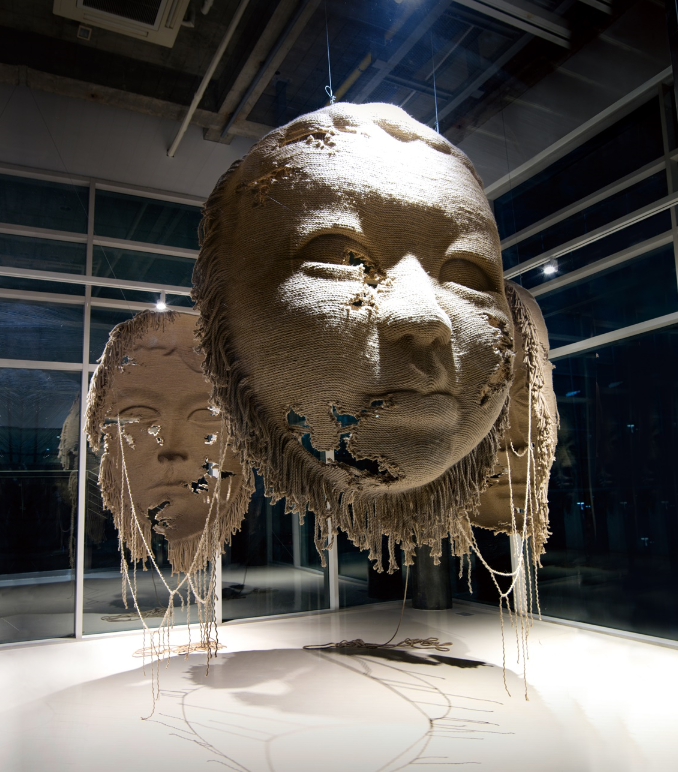
| Period| | 2020.06.12 - 2020.08.09 |
|---|---|
| Operating hours| | 10:00 to 13:00 14:00 to 17:00 (Closed on Monday) *Pre-booking system for Covid 19 (053-661-3526, 3517) |
| Space| | Bongsan Cultural Center |
| Address| | 77, Bongsanmunhwa-gil, Jung-gu, Daegu, Republic of Korea |
| Closed| | Monday, Lunar New Year, Chuseok |
| Price| | Free |
| Phone| | 053-661-3500 |
| Web site| | 홈페이지 바로가기 |
| Artist| |
이인석
|
정보수정요청



|
|
Exhibition Information


The planning of the Bongsan Cultural Center, 'Glass Box Artstar 2020 ver.2' exhibition selection artist, focuses on the unfamiliarity of contemporary art. 'Hello! 1974', which is also the theme of this year's exhibition contest, is intended to support the valuable 'star quality' of contemporary art, supporting the attitude or roles of artists who pay attention to 'city' and 'publicity', as well as the memory and empathy of the experimental spirit and passion of artists of our time. The Art Space "Glass Box", which is well-known for its four-sides glass walls and the characteristics of the place located in the city center, contributes to the expansion of opportunities for citizens to enjoy art and is becoming a special creative support space for passionate and creative artists. In the future, I would like to continue to introduce the exhibition of the works of creative and competent artists selected by the national public offering in order to play a role in enhancing the self-esteem of citizens and artists as a public art support center. This year's second exhibition, 'Glass Box-Artstar 2020 Ver.2' is the installation work of Yi Einseok(born 1966), who majored in applied art. The exhibition is a visualization of self-reflection that the real world situation in which 'thread, string and cord' imagining 'connection, bond, sharing' has been cut off and 'discontinued, separation' and it cause can be caused by another self-doubt that has nothing to do with our own will. In addition, this work is an artistic suggestion of the present time to explore 'double-sidedness' of the author's own past memories and future, and even the 'relationship' that work with humans and the world, using three types of faces as a medium. The exhibition begins with the author's internal request to include valuable remarks in a glass box space that can be seen everywhere. Inside the space, three large brown faces hang from the ceiling. The faces of men, women and children, embodied by a dense stack of 8mm think fiber ropes in the horizontal direction, are silent, looking in different direction from one axis in the center. The three faces, 184×250×65㎝, 181×237×65㎝, 162×197×60㎝, are assumed to be ordinary human faces drawn into the author's head rather than resembling a specific person in reality. However, there are holes all over the face that are damaged like a wound, and the rope that makes up the face is cut about 50cm at each end of the face, so the three faces do not lead to a rope. From the view of the likely broken rope and faces looking in different directions, we can read the concerns of disconnection and disengagement that many events and phenomena of the same time period, when the existing ties are being dismantled, may be directed toward human alienation and ruin. Through the 'broken string', the author is carefully examining the contemporaneous aspects of human beings who form the present world, metaphorically speaking of a family member's broken relationship. Interestingly, this work hid a special empathic device with the audience. At night when the glass box is darkened, the back of the face is well outlined by the light of artificial light reflected on the floor. Perhaps the three-faced rope that forms the three faces could not have been seen if it had been connected unbroken, causing an illusion and detecting the eye of the face in the direction of the audience's movement. It seems that women, men and children are making their own claims facing the audience's eyes with their own eyes. The author refers to human 'double-sidedness' in these incised and embossed parts. I think the ambivalence that the author raises is more about "knowledge" aimed at humans than at self-reflection, regret or human enlightenment. We often realize the identity and value of what we find or don't notice at present of at a past time after it disappears or is removed. The author's work this time is also an aggregation of the time and exploration of this 'knowledge'. The glass box 'Inside me, I'm...', which tries to translate a change in reality into 'knowledge' within itself, seems like a question for the author himself to carefully examine the changing world and reflect on the validity of his perception and art. In fact, this question may have started with careful observation of natural design practices that ensure change and balance. This natural design and meeting is the author's interpretation of 'living', and everything in the world is a realization of the operation of an invisible entity that accompanies ambivalence and cycles through constant moments of change and balance. [Source] Bongsan Cultural Center homepage
